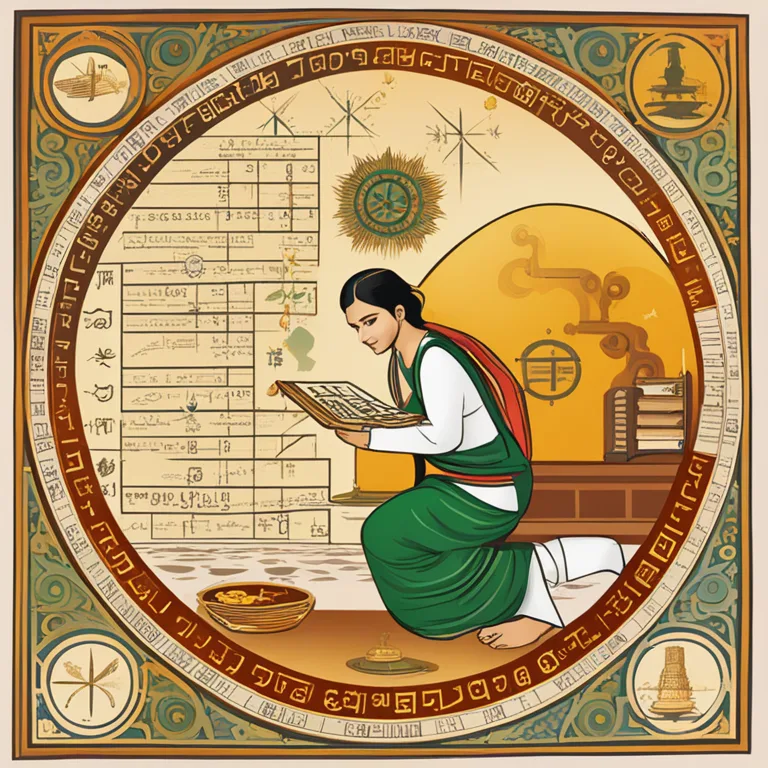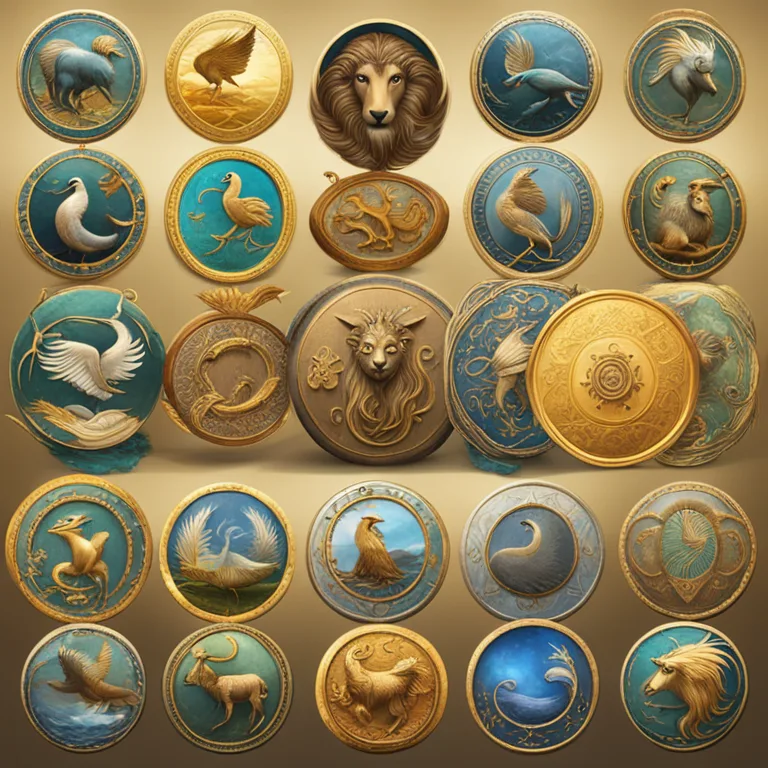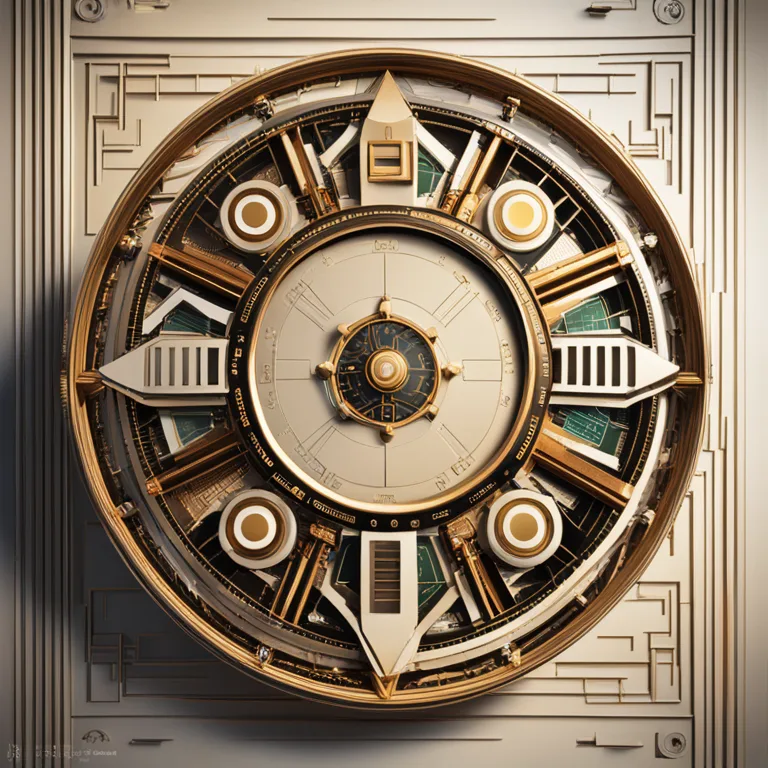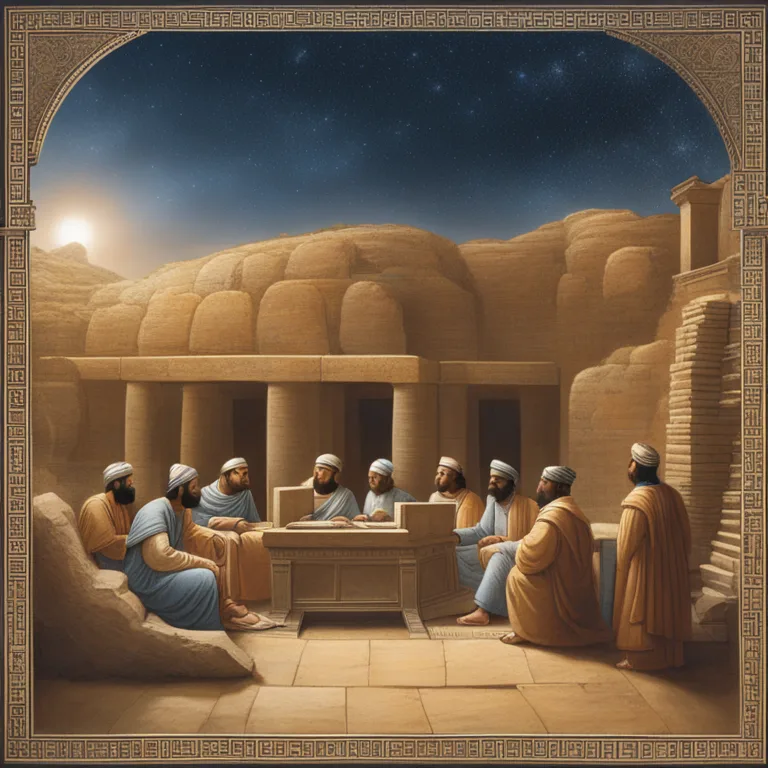
The Roots of Zodiac Signs
Delve into the ancient roots of the zodiac signs and discover how they shaped astrology today.
article by Sofia Ferguson
Ancient Astronomical Observations
The journey into the origins of zodiac signs begins thousands of years ago with ancient astronomers. Stargazers from civilizations such as the Babylonians meticulously charted the heavens, noting the movement of celestial bodies across the sky. They identified constellations, grouping stars into patterns that represented mythological beings and animals. As they observed these constellations moving in relation to the Earth's yearly journey around the Sun, they categorized them into twelve distinct zones, each associated with a different constellation. This division of the sky laid the groundwork for the twelve zodiac signs we recognize today.

Mythology and Symbolism
Zodiac signs are steeped in mythology and symbols that echo the beliefs and cultures of ancient societies. For instance, Aries is represented by the ram and is associated with the Greek myth of the Golden Fleece. Each of the twelve zodiac signs corresponds to a rich tapestry of stories and characteristics, imbued with the attributes that ancient astrologers believed were manifested in people born under each sign. This connection between the heavens and human traits established a system of personality predictions and horoscope readings that still captures our contemporary imagination.

Astrological Developments through History
The practice of astrology has evolved significantly since its inception in ancient times. As it spread from Babylon across cultures including the Greeks and Romans, astrology became more sophisticated. Through the Middle Ages and into the Renaissance, it was both studied and challenged, but it survived to see a resurgence in the modern era. With the dawn of personalized astrological readings and the development of more complex astrological charts, the zodiac became a tool for forecasting one's future, compatibility, career, and love prospects, adapting itself to the cultural needs and scientific understandings of each period.

The Astronomical and Astrological Split
While the initial creation of the zodiac was astronomical in nature, the zodiac signs took on a deeper, more astrological meaning over time. The actual constellations after which the signs are named and their astrological counterparts do not perfectly align due to the precession of the equinoxes—meaning the Earth's wobble alters the alignment of the stars over time. This discrepancy has created two zodiac systems: the sidereal (aligned with the constellations) and the tropical (aligned with the seasons). In Western astrology, which is the focus of our website, the tropical zodiac is used, while Vedic astrology typically uses the sidereal zodiac.

Modern Astrology and the Zodiac
As we look towards astrology in 2024 and beyond, zodiac signs continue to guide individuals in understanding their personalities and life paths. Astrologers provide modern interpretations of how celestial movements influence our lives, using technological advances to create detailed astrological charts. Horoscopes have become a daily guide for many, and zodiac signs remain an integral part of contemporary culture, appearing in everything from memes to merchandise, as people seek connections to the cosmic forces reflected in their celestial signatures.
Published: 12/18/2023
Modified: 12/18/2023
More predictions
Come back here soon to learn more about yourself and your future


Zodiac & Biorhythm Synergy
Merge the wisdom of the stars and bodily rhythms to find the harmony in love. Discover how zodiac signs and biorhythms contribute to relationship compatibility.


Birthdate Compatibility Insights
Discover the significance of birthdates in relationships through the lens of astrology. Learn how the stars might influence love and compatibility.


Physical Compatibility in Relationships
The importance of physical compatibility in romantic partnerships and its impact on relationship longevity.